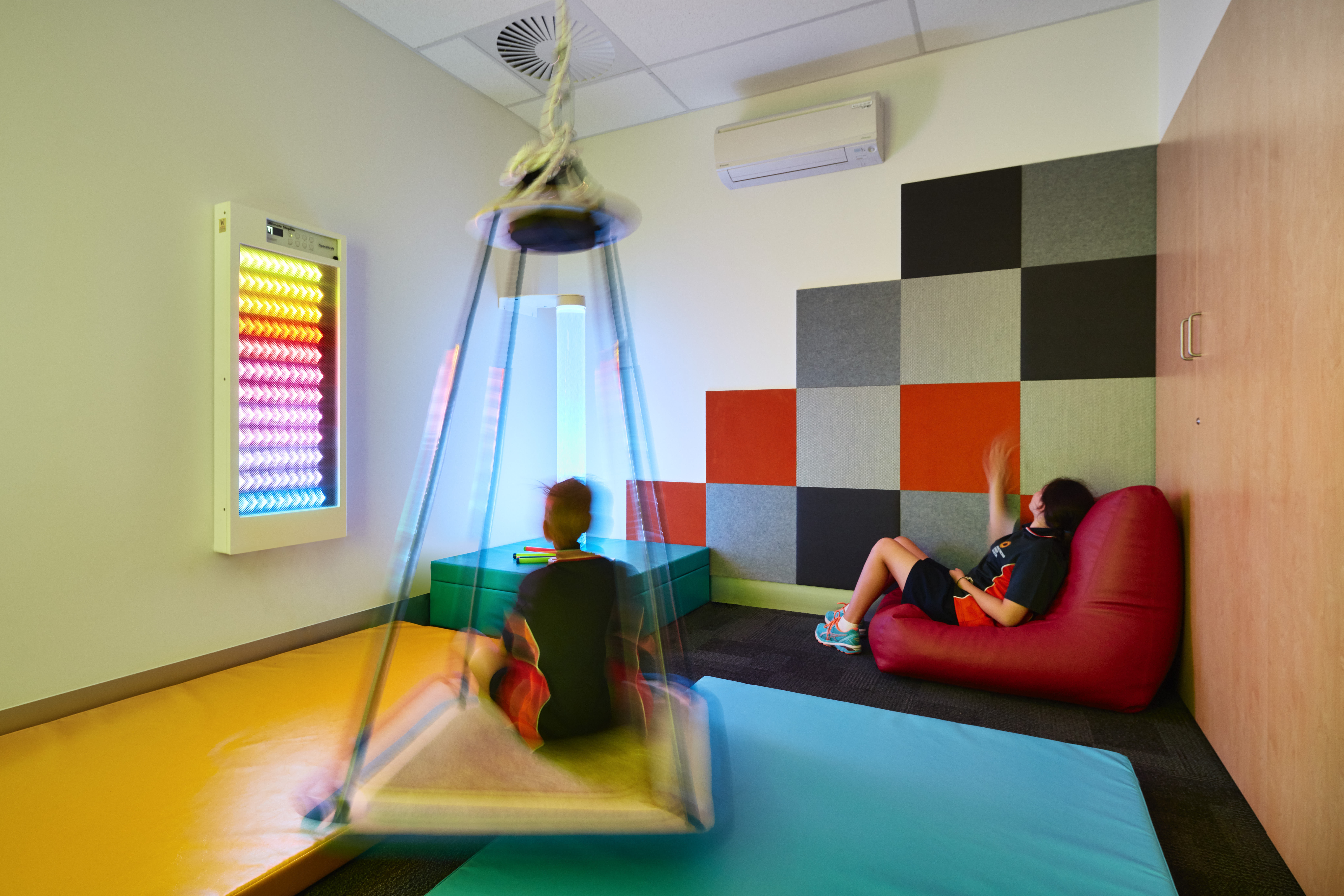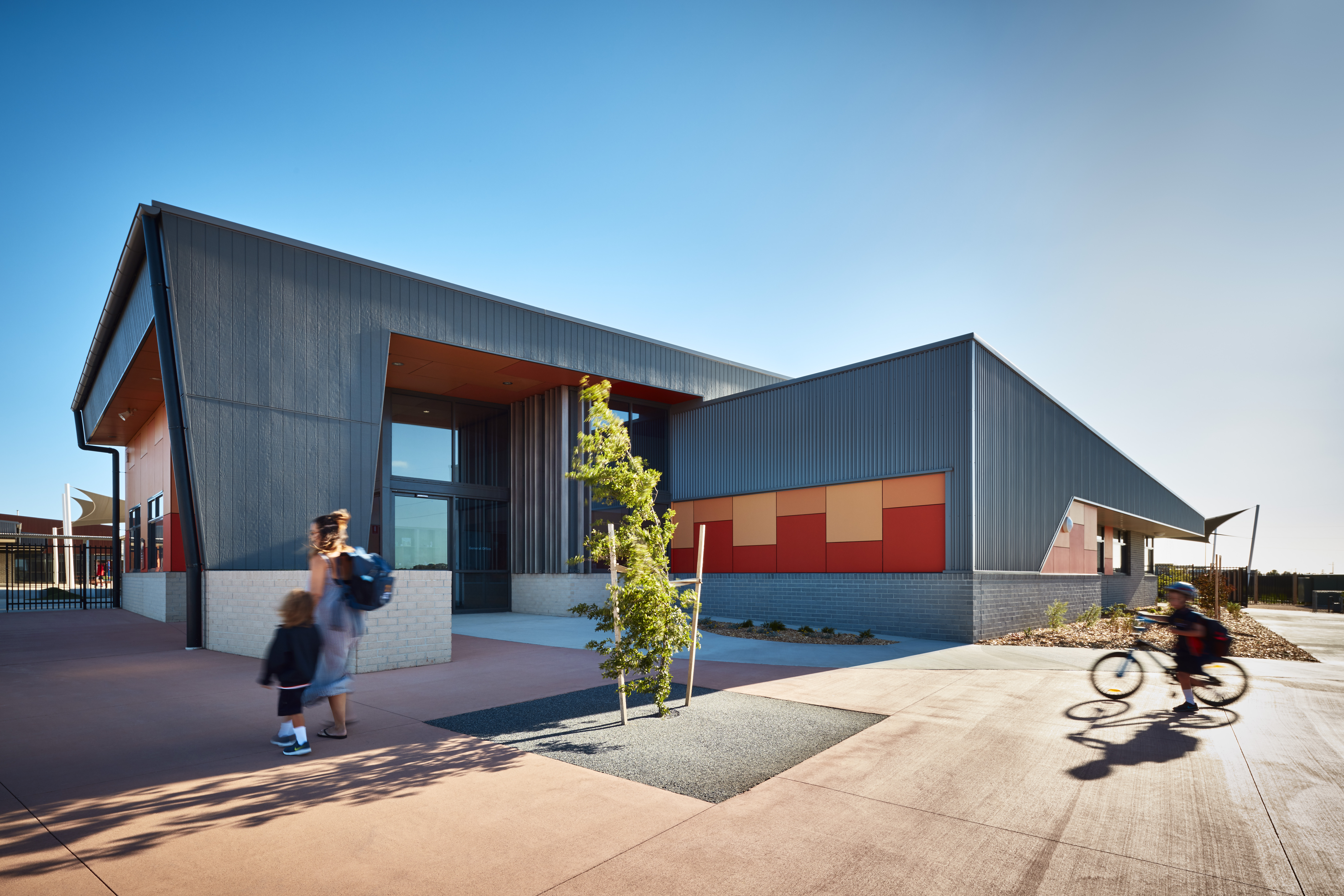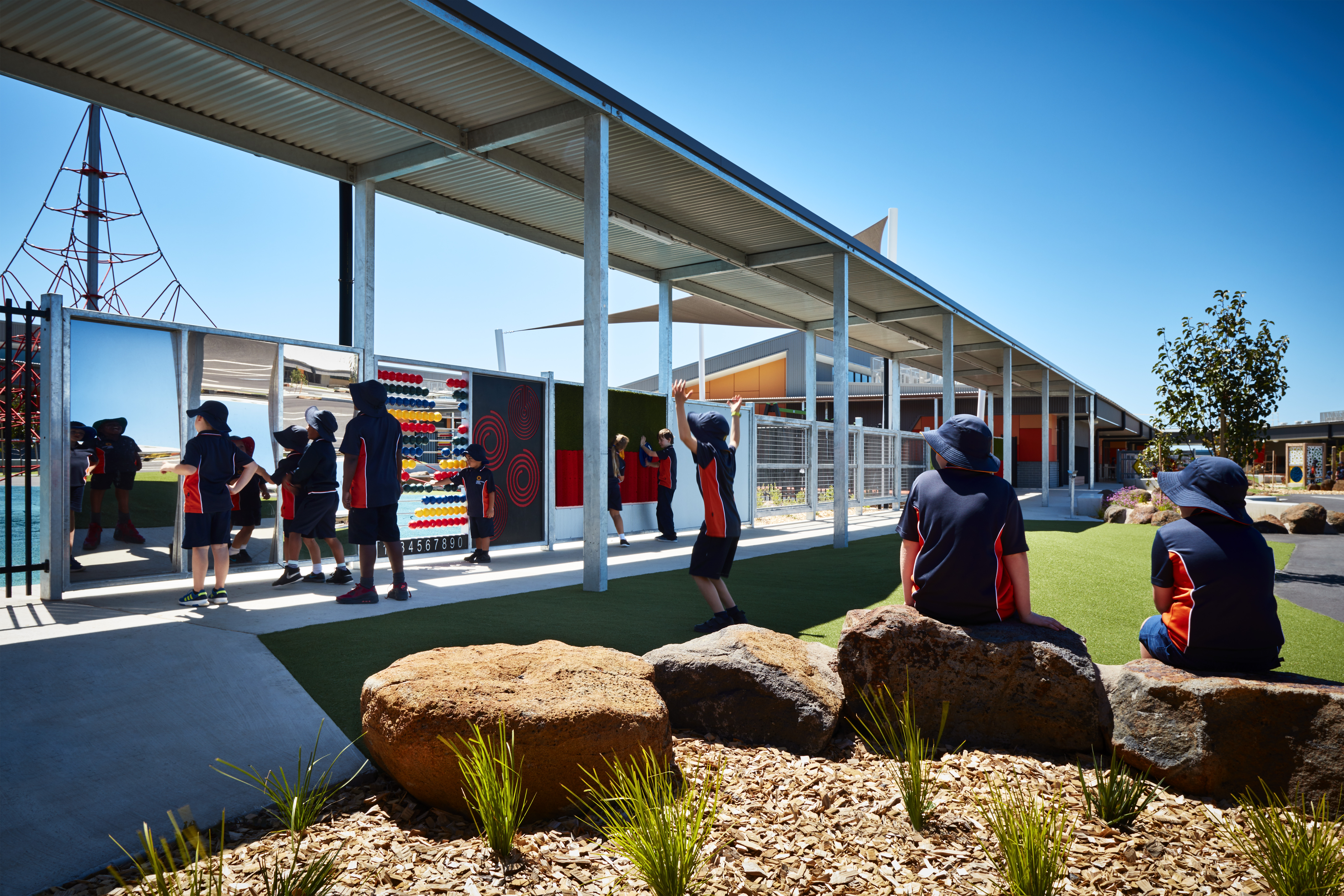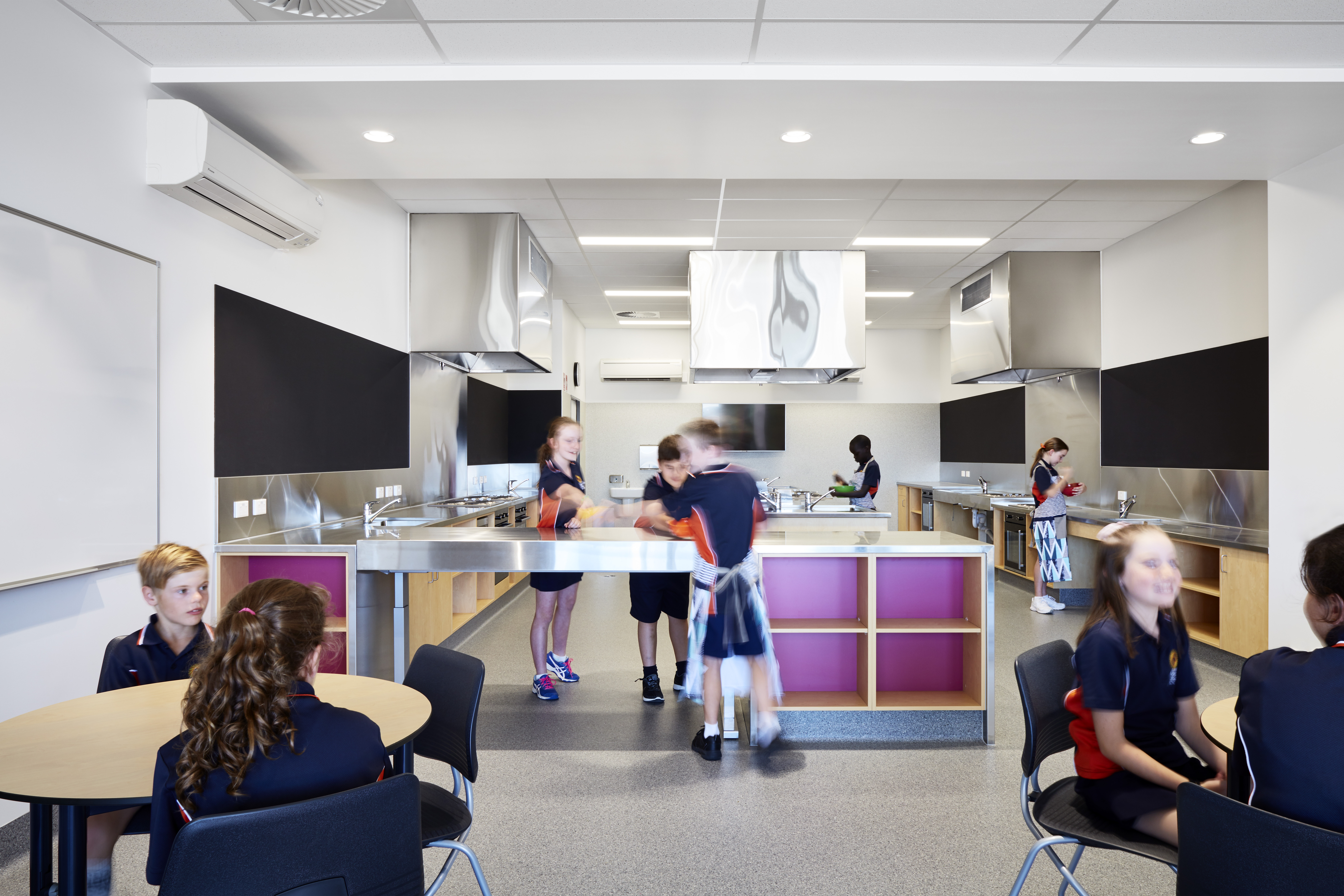Simon LeNepveu, partner at ClarkeHopkinsClarke (CHC) talks to Architecture & Design about how school design has changed over the years, the movement towards ‘inclusive schools’ and what CHC is doing in this area.
A&D: What is an inclusive school?
SL: Put simply, an inclusive school creates a supportive learning environment for students and staff of all needs and abilities. Traditionally, inclusivity has been associated with children that have special needs or learning difficulties, however it is a lot more than just this, although that is definitely part of it.
An inclusive school recognises that ALL children have special needs, be they physical, mental, social or emotional. The school needs to create an environment that supports this, including the utilisation of universal design principles. An inclusive school also recognises that providing additional support for students’ individual needs actually benefits all students.
This is a micro or school focused definition, but the term can also be used on a macro level to talk about a school community and the integration of services and resources that provide inclusivity to the wider community. For example, sporting facilities, integrated child and maternal health nurses, community hubs, etc.
How has designers’ understanding of an inclusive school changed over the years?
Designers’ understanding of an inclusive school has evolved quite a lot over recent years. Traditionally it catered to children with differing needs by withdrawing students out of the mainstream schooling program and providing additional or supplementary support. This is now rightly seen as not being an inclusive or beneficial practice.
It then evolved into the provision of integrated support for children of differing needs within a school, but as a model, this still has an element of exclusion to it and although support is provided at the point of need, it does not provide broad benefit to all children. A truly inclusive school provides a fully integrated and inclusive range of support mechanisms that are seamless throughout the school and just part of everyday life.
Tell us about some of the unique or innovative design features used in the schools designed by CHC.
Innovation in respect to inclusivity is not so much a case of design features as it is an applied principle. Having said that, there are some consistent design ideas that we like to explore through our architecture. An example of this is multi-sensory stimulation. Traditionally, multi-sensory stimulation is a learning method that is used with children who have mental impairments. These are housed in a “multi-sensory room” which the children use.

Armstrong Creek School by CHC
At ClarkeHopkinsClarke we take a more integral approach to multi-sensory stimulation by integrating a range of tactile materials within our designs, such as textural wall linings, different sized and scaled spaces. These ideas can take the form of reading nooks, feature textural walls, compressional poles, sensory gardens and play spaces.

Armstrong Creek School by CHC
Has CHC received any comments from staff/students/parents about the way its schools are designed and how this has impacted on students? Or is there any academic research that has influenced CHC’s school designs?
Armstrong Creek School is our latest and best example of our latest design thinking in inclusive schools.

"The unique educational provision of combining both Mainstream and Special Education under the one roof necessitates the need for learning environments to be highly adaptable and able to respond on a daily or even a or even ‘minute by minute’ basis to the diverse learning, social and behavioural needs of students and the multitude of teaching approaches and class configurations that are required to ensure that every child has the greatest opportunity to learn and succeed.

"At Armstrong Creek School the design of the Learning Communities allows us to do just that. Each Community consists of students of all abilities with no distinction or segregation of students with or without disabilities. Staff are able to design learning experiences that allow for the use of different spaces, both indoor and outdoor, that support what, how and where students learn best. The collaborative nature of the school environment promotes opportunities for staff with a range of expertise (e.g. Mainstream and Special Educators) to work and learn from each other on a daily basis and provide appropriate levels of ‘point of need’ support as it is required." - Evan Savage, principal of Armstrong Creek School

In terms of academic research, the LEARN research group which are based out of University of Melbourne is a research organisation that we leverage off quite a lot. Their latest research stream is called the Innovative Learning Environments and Teacher Change (ILETC) program. This research stream has identified the principles of inclusion as a key feature of what makes an innovative learning environment.

